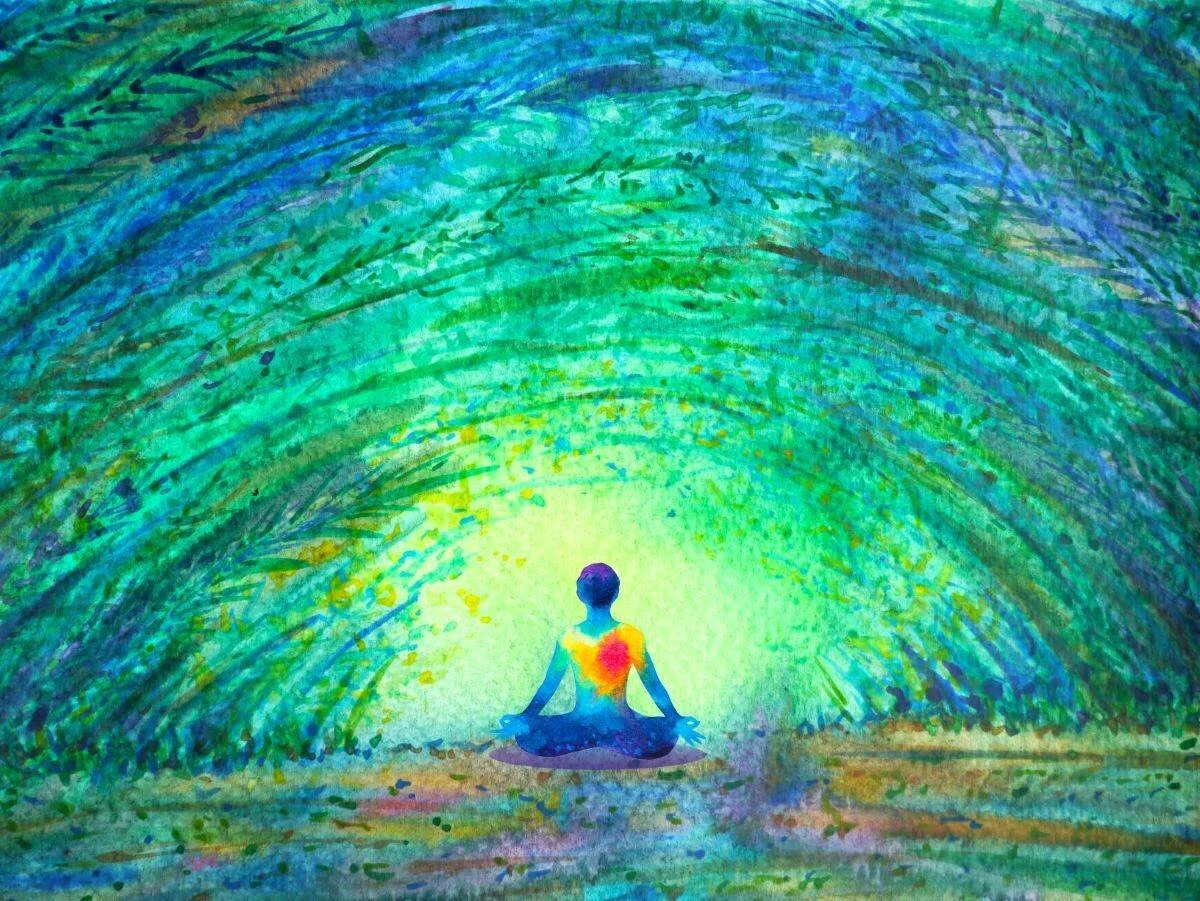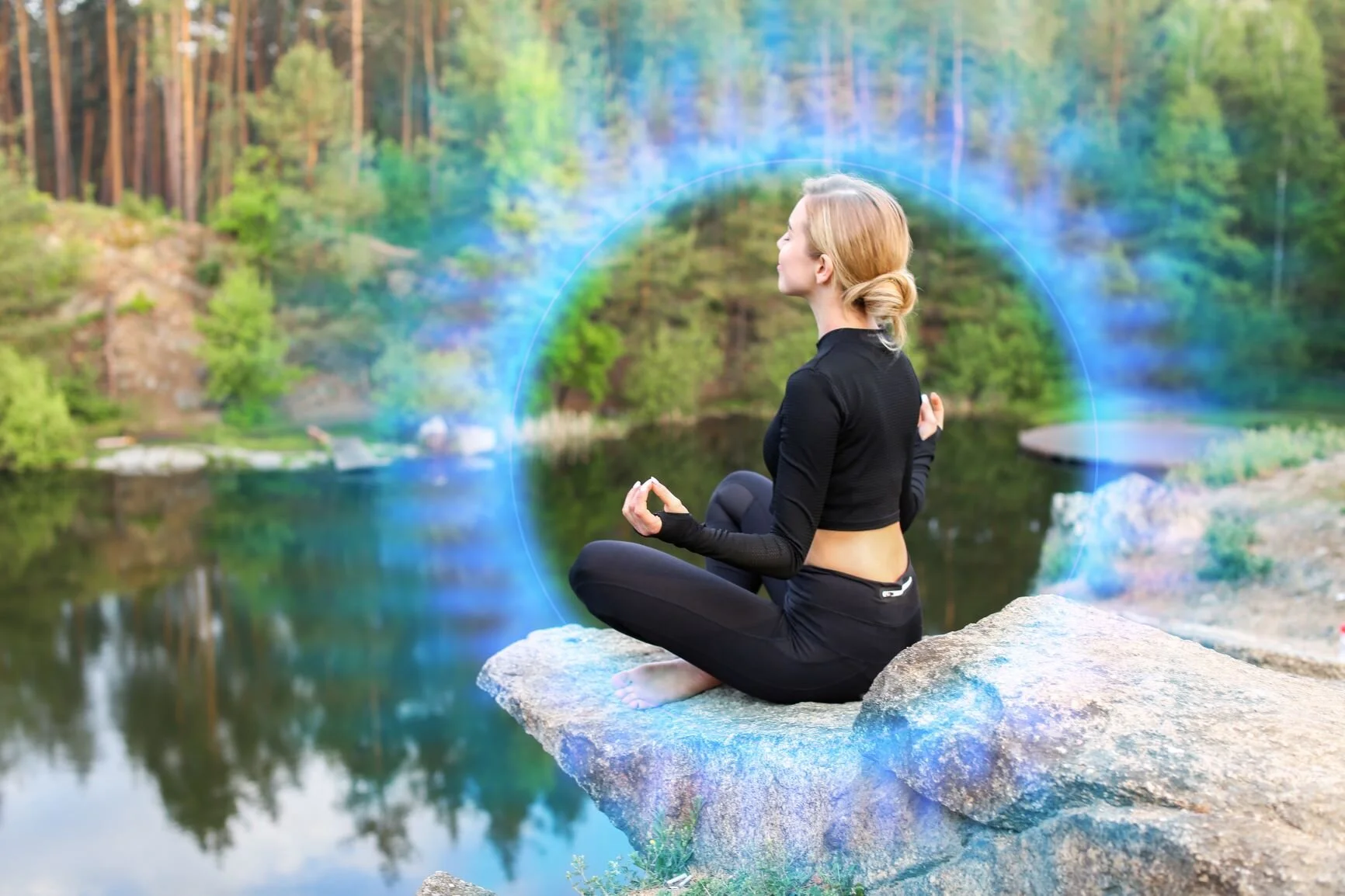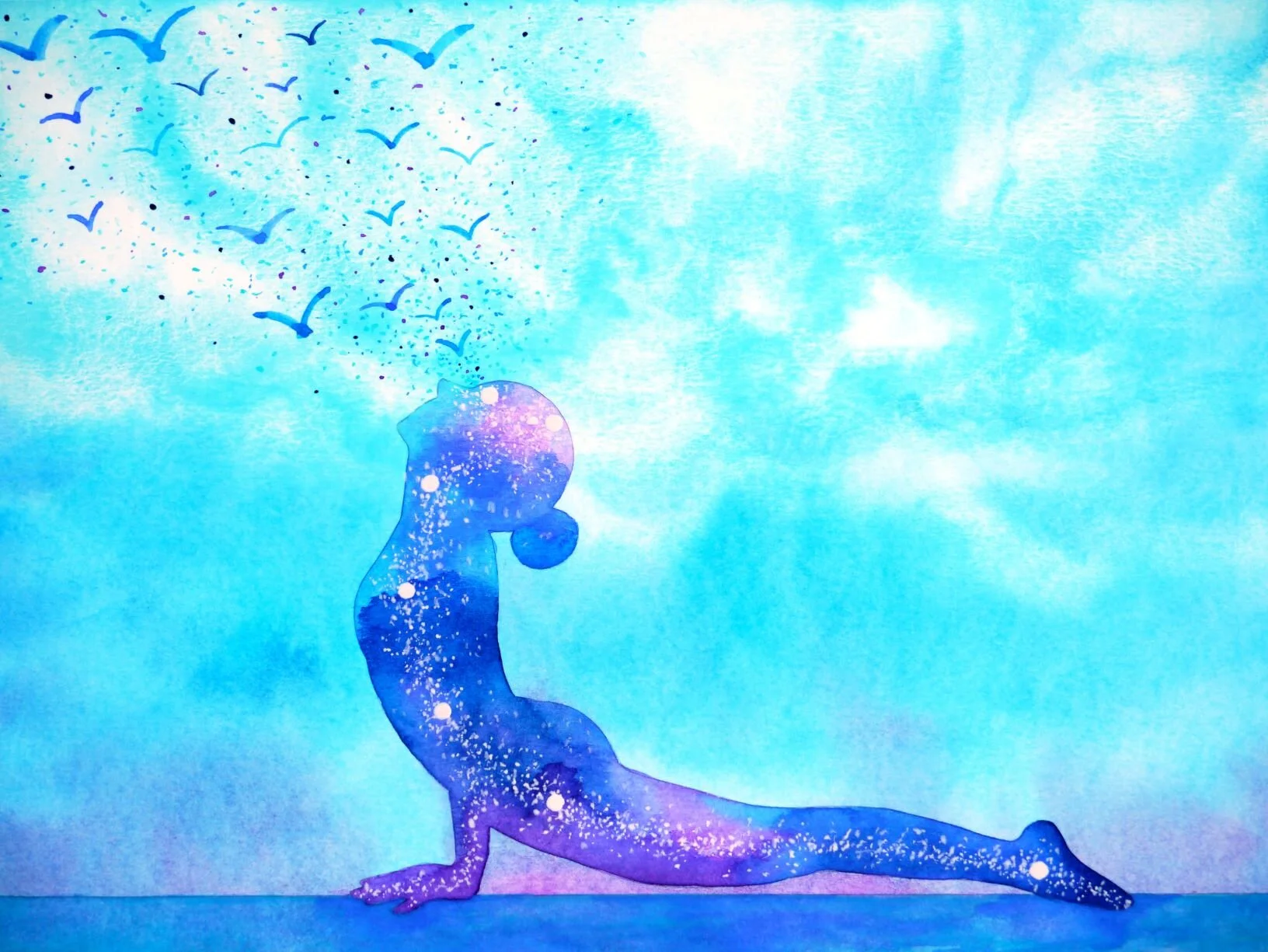The world is in the midst of a war against touch, unfortunately. It is necessary but still is a complete interruption of the natural.
If you want to get a sense of how human beings like to touch each other, watch dogs and people interact, the desire to touch each other every few minutes and the deep satisfaction this brings. Or if you have young children, notice how they love touch.
Around the world, the custom of shaking hands is now seen as dangerous. Standing two meters apart is encouraged. Even if you personally still like shaking hands, people you meet may fall into the habit unconsciously and shake hands, and then have a panic attack about it a few moments later.
Because of this many people are going around in a state of touch deprivation. Starved for touch even more than usual. Even before the pandemic, many people were living in a constant state of touch deprivation. If you are a yoga asana teacher, you may have found that some of your students come to class in order to be touched. That little adjustment may be the only real human touch they have all day.
As a meditator, you can give a small gift to everyone who beholds you by being in the delight of touch continually. We are always being held by gravity, wherever we are, unless we are in the Space Station orbiting the Earth. When outdoors we are caressed by the sunlight and the breeze.
If you increase your delight in simple touch, in light touch, you can gain great pleasure by this elemental touch.
By living this way, you will be modeling how to be in touch with the elements and gain satisfaction from your senses.
I am speaking from experience. For me, one side-effect of meditation, starting when I was 18 (52 years ago!) was that my touch sense popped open, and standing 6 feet or 2 meters away from someone feels intimate. I feel like I am touching them, in contact with their personal energy field. Actually it seems to me that we all have fields that go out in a sphere around us, to about 2 meters usually. Some people are larger. So standing 2 meters away means there is considerable overlap.
If you have children and dogs, you probably touch them a LOT, and enjoy this immensely.
When you go out into the world, however, you need to switch to a completely different mode, one you may have never inhabited before.
I am sort of used to it after 52 years but it still feels a bit strange. We all now have to, perhaps forever, forget about shaking hands. So when you interact with strangers, you can train yourself to be different in your body.
Your Prana Body
Before leaving home, you might do some magnetic hands exercises, activating your prana-senses. Breathe in and out with your hands dancing the flow of breath and prana, in and out and up and down. "Paint" the inside of your biomagnetic prana sphere, with a light touch of your hands.
With a thought, you can activate your force field, which is an energetic boundary around your form. Your aura, or prana body, is your sense of your personal space. Your sensations will vary greatly from moment to moment, most likely, but it's an interesting adventure.
People who are aware of their personal magnetism and the field of it, are perceived as having "a presence." Others can sense your field, on a quiet level.
When I am aware of my magnetic field, in other words, standing way far away from someone still feels intimate. I have the space to notice the sensations in my body, in my midline torso (the sensors we have in the middle of the body - the forehead, throat, chest, belly, and lower pelvis). Tracking the sensations in your body when you are interacting with someone enriches the flow of the conversation.
Touch Meditation
Some simple touch explorations to make part of your way of being in your body, day to day.
1. - Notice your morning tea or coffee, and food, as TOUCH. The touch sensations that go with drinking and eating.
2. - Develop little things, tiny favorite noticing of sensations such as the touch of your feet on the floor, the touch to your fingers of your favorite everyday objects, and the touch on your skin of your clothes. Train yourself to spend an extra 2 seconds feeling the touch of the sun on your skin, the touch of the air inside your nose.
3. - Create touch rituals, such as massaging your whole body after getting out of the shower. Expose yourself to temperature differences such as turning the water on cool or cold at the end of your shower, and savor that shock and tingle.
4. - Before and after meditation, touch your hands together, sort of in the "namaste" pose, but in order to feel the touch of the skin as each hand meets the other. Notice if you have some magnetic sensing in your hands, if your skin is alert to the prana sensations, which vary from tingling, to magnetism, to a taffy-like stickiness, to pressure, or just "something." Lightly touch your forehead, throat, heart, and belly, with the intention of blessing and greeting.
5. - After meditation, sit there for an extra 30 seconds and notice the subtle physical sensations of the space between you and any other objects. There is a very quiet, almost un-noticeable sensation of "proximity," of the spatial relationship between your body and the physical world around you in all directions.
This is a little thing you can do to enhance your tactile sense of your own life and help others get used to this weird new set of rules we are supposed to live by.











